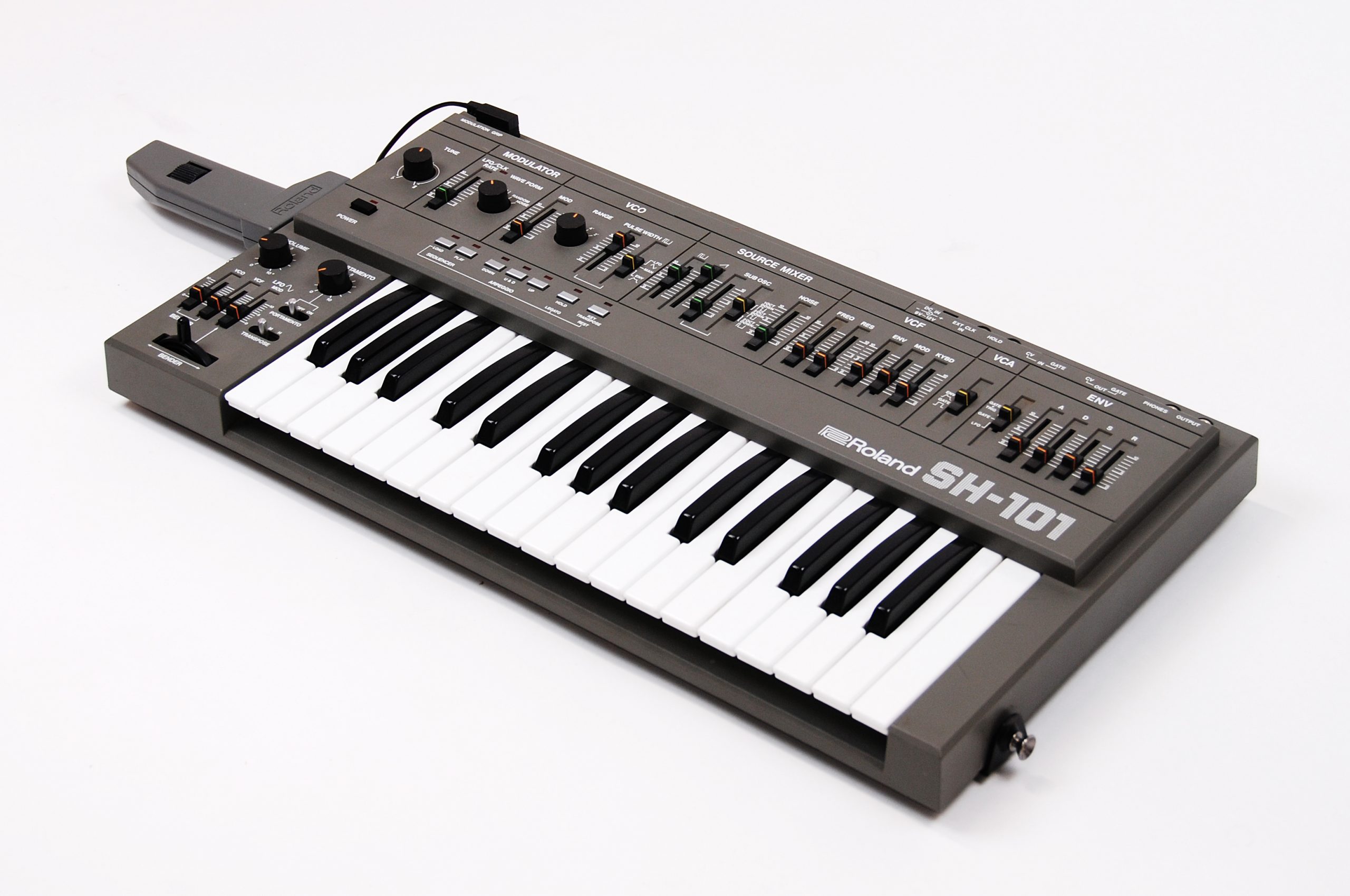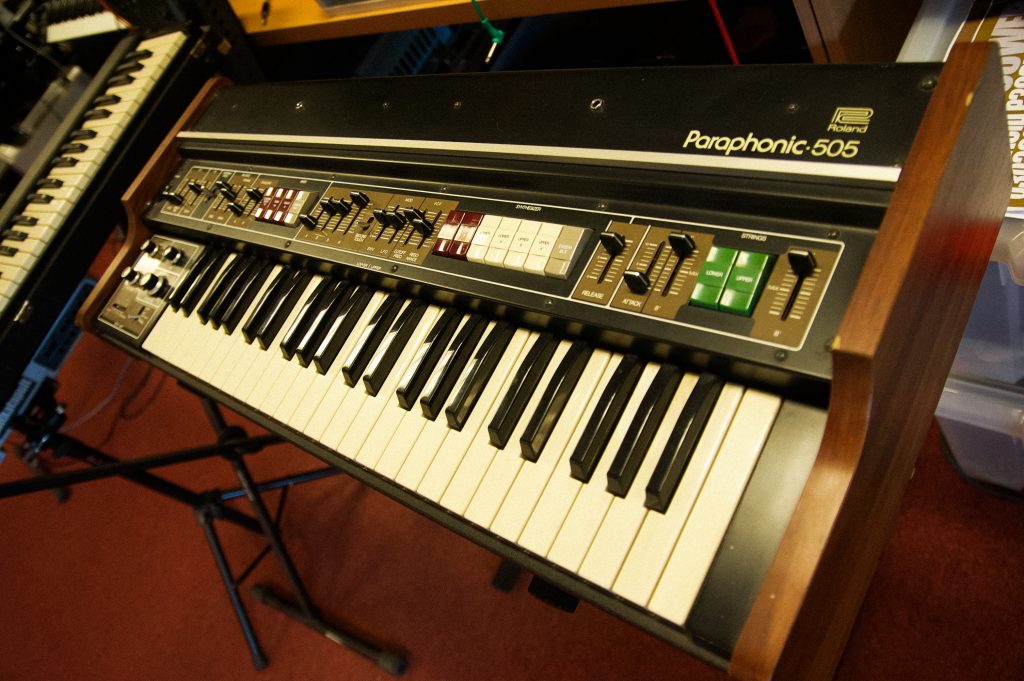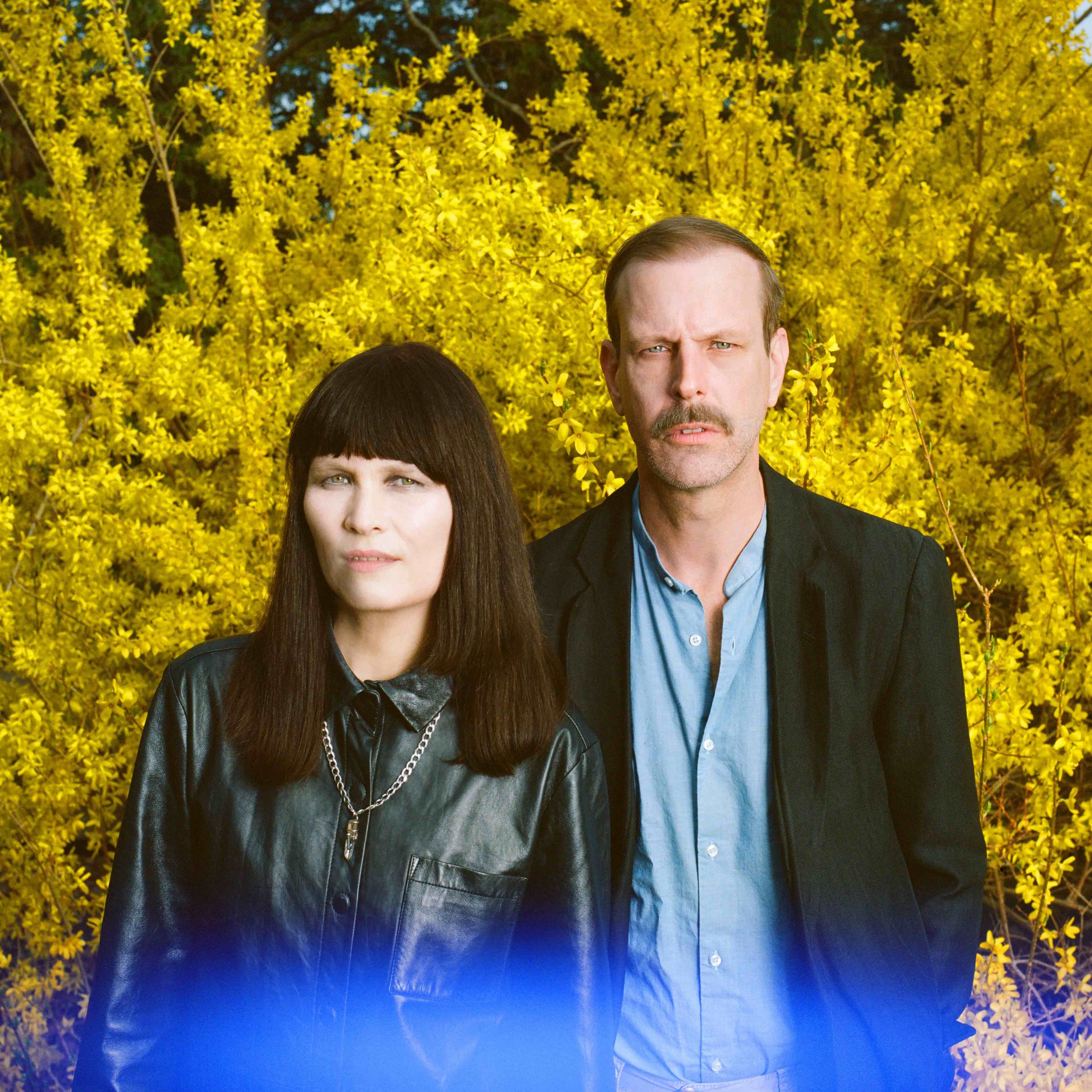For Liz Wendelbo and Sean McBride of Xeno & Oaklander, recording their new record VI/DEO (Dais Records) was an exercise in attention. The Brooklyn-based electronic outfit has been making music together since 2004. Primarily, they’ve worked with hardware synthesizers and drum machines alongside Wendelbo’s vocals. But never quite like this. Long involved in the analog synth community, the duo utilizes an impressive vintage collection on their productions. The pair discusses the details of their favorite Roland gear and how Xeno & Oaklander used it while making VI/DEO during a pandemic.
Sounds to Inspire Change
“Quarantine forced us to make do with the synth gear we had at home, which was a challenge but made us focus on the details,” Wendelbo says of the experience. “It also gave us time to train my voice and learn new scales, which helped create new compositions within the standard pop song format. We were hoping to create something new out of a difficult time and inspire the belief that things can change.”
"We were hoping to create something new out of a difficult time and inspire the belief that things can change.” -Liz Wendelbo
A Means to Communicate
Wendelbo says that the album’s title refers to the videos Xeno & Oaklander made while in lockdown. “Online streams from our music studio were the only way for us to communicate with our audience,” she says of the period. She also became interested in video synthesis using Eurorack video modules while writing the songs.
"Good music should be able to make you see, experience, and feel new things." -Liz Wendelbo
This became the provenance of the cover artwork for the album. “The idea for the album was to appeal to all the senses—sight, sound, scent, feel, even taste,” she says. Wendelbo also notes the fact that “video” means “I see” in Latin. “Good music should be able to make you see, experience, and feel new things,” she says.
Roland Roundup
SH-101, RC-505, TR-606, DIMENSION-D, CSQ-600
SH-101
Sean McBride: I used this primarily as an auxiliary percussion machine, using the noise and keyboard tracking to modulate the filter for tuned chirps, snaps, and clickings. Sometimes we used it to underpin a snare module with additional harmonics or add crispiness to the drum’s snap. The SH-101 is also my favorite controller keyboard for use with modular systems and the CSQ-600.

"The SH-101 is also my favorite controller keyboard for use with modular systems and the CSQ-600."
-Sean McBride
RS-505
On this record, we confined the 505 to polysynth duties. With the resonance cranked, the synth section allows one to dial in an appropriate overall harmonic—like a fixed filter bank, with one bank. This way, the synth can be mystically nestled into any mix. I absolutely adore the RS-505—it’s my favorite divide down* synth of all time.”
*A method of generating the notes and pitches using a number of fixed-frequency oscillators, as opposed to VCOs.

TR-606
In the last ten or 12 years, I’ve primarily made my own drum sounds using various modulars. Like the aforementioned use of the SH-101, though, I’ll sometimes use the TR-606 to double the snare or bass drum for added punch or snap. Also, I have a unique modification to mine, whereby a toggle switch on the back of the unit will turn off the tone generator of the toms. This leaves only the “warm filtered pink chugging breathy” noise.
"I’ll sometimes use the TR-606 to double the snare or bass drum for added punch or snap."
-Sean McBride

It’s fun to take the hats outputs (I also have an individual out mod) and ring modulate them with tuned square wave arpeggiated tonalities. This makes for a clangorous but harmonically pleasant percussion section. I often run out of tracks on my hardware sequencer and need a syncable step sequencer for triggering aux percussion. In recent years, I’ve used the 606 most often in this way.
Dimension D
Egan Frantz, who did the final mix, used the Dimension D to widen and further the stereo field of the vocals and polysynth chords. It furnished a creamy glue for those tonalities and timbres in the mix.

CSQ-600
I’ve been using the CSQ-600 since 2003. At one time, I had about five of them. It tracks and scales beautifully when calibrated. I use it to add syncopated octaves and other intervals to existing arpeggios. One of my units has a mod that adds six banks to the existing one, so many patterns get loaded and saved.
"The CSQ-600 is magical for basslines, extending arpeggio arrays, and adding extra glimmer to percussion. Best sequencer ever."
-Sean McBride
I’ve always used the CSQ-600 as a template sequencer, whereby I program into it a combination of roots, octaves, fifths, sevenths, and rests. Then, I literally sequence a sequence with it. It’s magical for basslines, extending arpeggio arrays, and adding extra glimmer to percussion. Best sequencer ever, for me.







